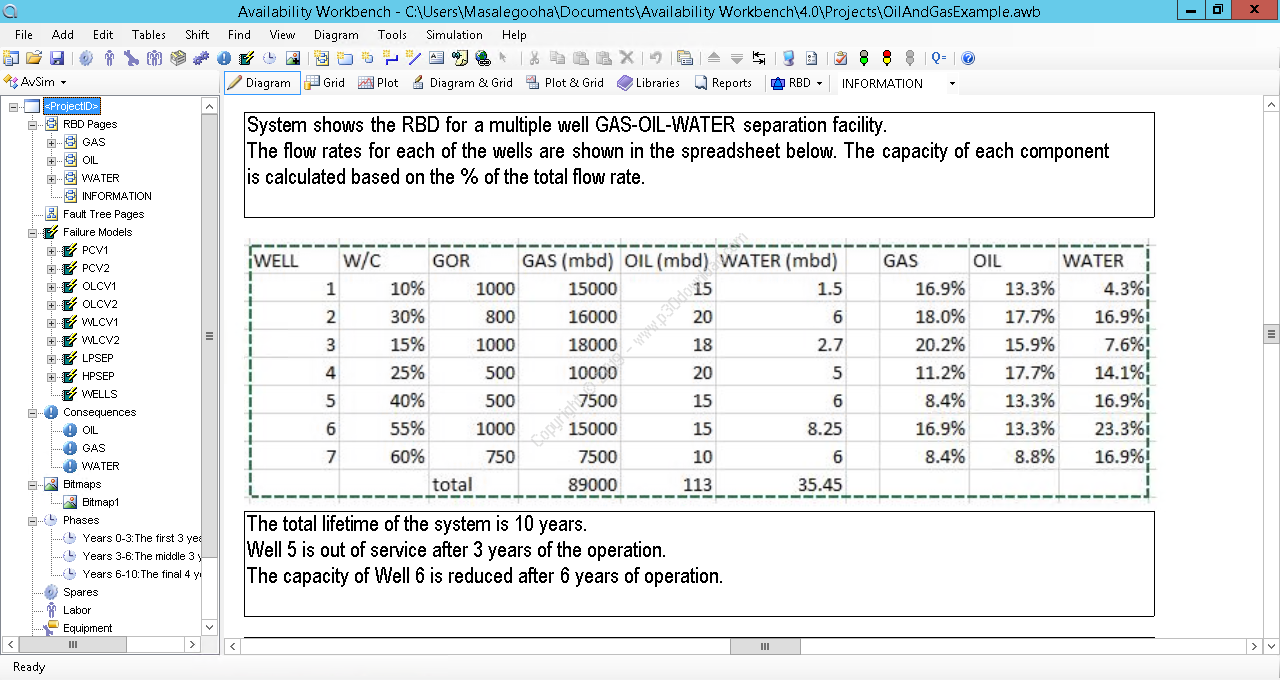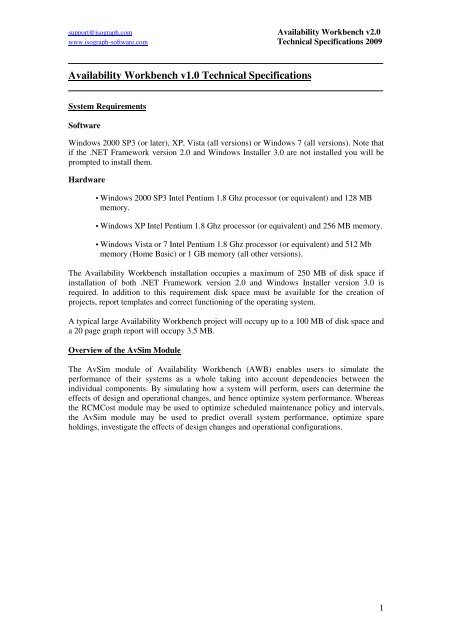


It’s possible for a testing system to identify a bug with zero MTTR. The Mean Time to Repair (MTTR) measures how long it takes the operations team to fix the bug, either through a rollback or another action. However, tests that are failing generally prove the absence of reliability.Ī monitoring system can uncover bugs, but only as quickly as the reporting pipeline can react.

Passing a test or a series of tests doesn’t necessarily prove reliability. Relationships Between Testing and Mean Time to Repair These statistics identify the areas that need better testing or other retrofitting. Assuming the served clients are randomly distributed, sampling statistics can extrapolate from monitored metrics whether the aggregate behavior is making use of new paths. The accumulating data supplements the tested coverage, which validates the reliability being asserted for revised execution paths. At this point, you may want to stop making changes while new monitoring data accumulates. If you make too many changes too quickly, the predicted reliability approaches the acceptability limit. Adequate testing coverage means that you can make more changes before reliability falls below an acceptable level. As the percentage of your codebase covered by tests increases, you reduce uncertainty and the potential decrease in reliability from each change. The amount of testing you need to conduct depends on the reliability requirements for your system. Thorough testing helps us predict the future reliability of a given site with enough detail to be practically useful. 87 Each test that passes both before and after a change reduces the uncertainty for which the analysis needs to allow. Testing is the mechanism you use to demonstrate specific areas of equivalence when changes occur. You can confidently describe all changes to the site, in order for analysis to allow for the uncertainty incurred by each of these changes.



 0 kommentar(er)
0 kommentar(er)
